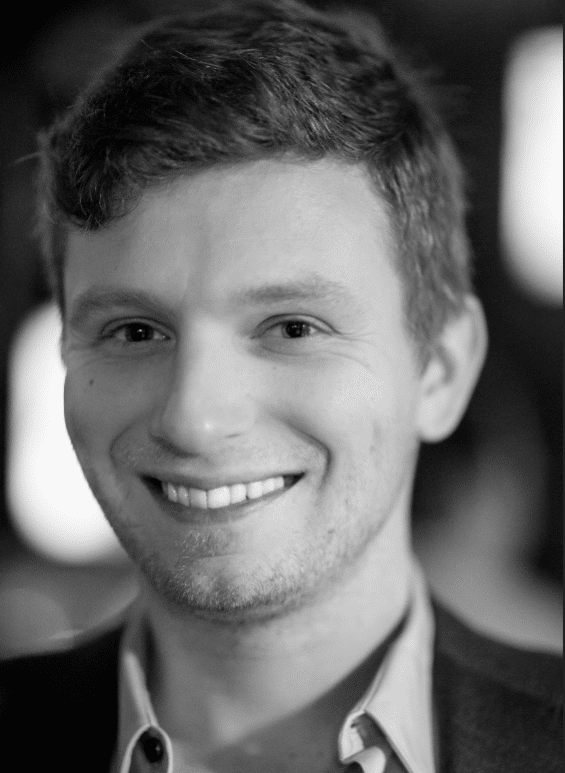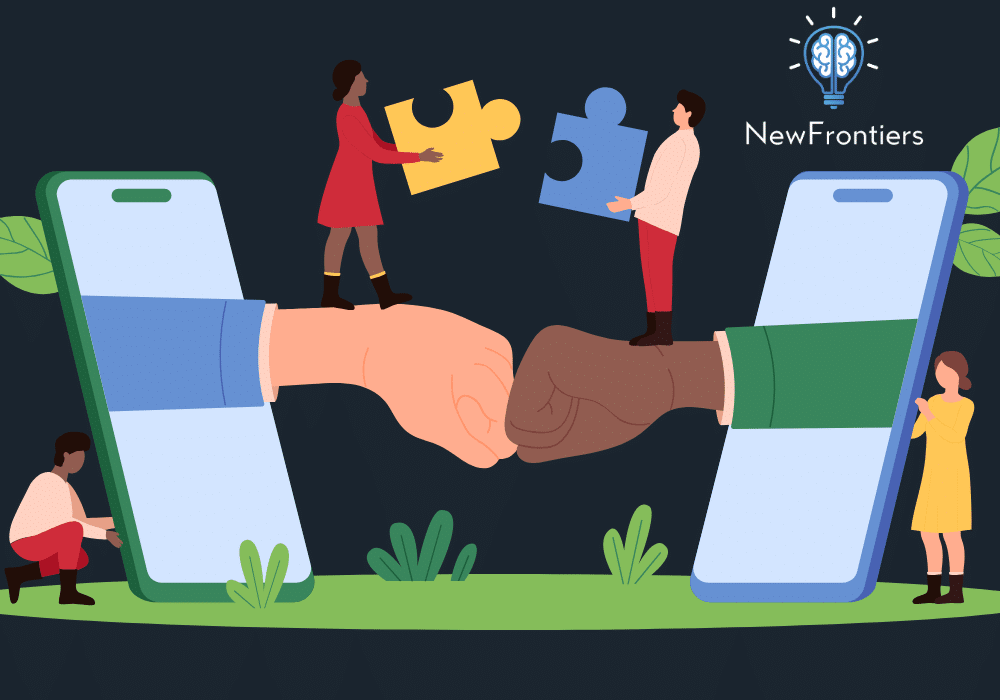Do you pride yourself on being a “master multitasker”? Many of us think juggling multiple tasks at once makes us more productive, but research shows the opposite. In reality, multitasking is a myth, often referred to as the myth of multitasking.
The human brain isn’t wired to focus on two cognitive tasks simultaneously. Instead, what we call multitasking is actually task-switching — moving rapidly from one task to another, often with reduced efficiency and accuracy.
In this blog, we’ll break down why multitasking doesn’t work, explore its negative effects, and offer practical strategies for boosting productivity without the mental overload.
What is The Myth of Multitasking?
- Definition: The belief that people can successfully perform multiple tasks at the same time with equal attention and accuracy.
- The Reality: The brain can only focus on one cognitive task at a time. When you “multitask,” your brain is rapidly switching back and forth between tasks, which drains mental energy.
- Why People Believe It: The rise of technology (emails, messages, social media) creates an illusion of productivity. Answering an email while on a Zoom call feels productive, but research shows it reduces the quality of both tasks.
Why Multitasking Doesn’t Work
Multitasking is one of the most persistent productivity myths. Here’s why it fails:
- Cognitive Overload: Switching between tasks increases mental load, leaving you feeling exhausted.
- Decreased Efficiency: Studies show that people who multitask complete tasks slower than those who focus on one task at a time.
- Lower Quality of Work: Mistakes are more common because the brain can’t give 100% attention to multiple tasks.
- Impaired Memory: Multitasking reduces working memory capacity, making it harder to retain important information.
- Increased Stress and Burnout: Juggling too many tasks at once triggers the brain’s “fight or flight” stress response, leading to feelings of overwhelm.
Research Insight: The American Psychological Association (APA) found that “switching costs” — the time lost when moving between tasks — reduce productivity by as much as 40%.
The Science Behind Why the Brain Can’t Multitask
- Single-Task Processing: The prefrontal cortex, responsible for decision-making and problem-solving, can only focus on one complex task at a time.
- Cognitive Switching Costs: Every time you shift from Task A to Task B, there’s a “lag” as your brain reorients itself to the new task. This lag may only be a few seconds, but over a day, it adds up to hours of wasted time.
- Split Attention vs. Full Attention: When you multitask, attention is divided, meaning neither task receives your full focus. This is why texting while driving is so dangerous.
Common Examples of Multitasking (and Why They Fail)
- Texting While Driving: Trying to read a message while driving forces the brain to switch from visual-spatial tasks (driving) to reading. This delay leads to slower reaction times and accidents.
- Working While Checking Emails: Switching between work projects and email notifications reduces overall focus, forcing you to re-orient yourself after every shift.
- Listening to a Podcast While Writing a Report: The brain can’t process two streams of language-based information at the same time. You may “hear” the podcast but won’t retain the information.
- Attending a Zoom Call While Responding to Messages: Divided attention leads to missed key points from the meeting and increases the chance of sending poorly written responses.
The Consequences of Multitasking
- Poor Work Performance: Studies show that multitasking reduces the quality of work, often leading to missed deadlines, errors, and misunderstandings.
- Mental Fatigue and Burnout: Rapid task-switching tires the brain faster than focusing on one task at a time.
- Increased Stress and Anxiety: The pressure to “do it all at once” activates the brain’s stress response, leading to heightened anxiety.
- Reduced Creativity: Creativity requires deep focus, reflection, and exploration. Multitasking prevents the deep focus required for creative problem-solving.
What to Do Instead of Multitasking
If multitasking isn’t the answer, then what is? Here are some evidence-based strategies to increase focus, productivity, and mental clarity.
Practice “Single-Tasking”
- Focus on One Task at a Time: Dedicate 20-30 minutes to a single task before switching to the next.
- Use Time-Blocking: Block out specific times on your calendar to work on tasks without interruption.
- Limit Distractions: Turn off notifications and set boundaries with colleagues, friends, or family during focus time.
Batch Similar Tasks Together
- Task Batching: Group similar tasks (like answering emails) into one dedicated time block.
- Thematic Days: Dedicate certain days of the week to specific activities (e.g., “Marketing Mondays” or “Admin Fridays”).
Try the Pomodoro Technique
- Work in 25-Minute Intervals: Use a timer to work for 25 minutes, followed by a 5-minute break. Repeat this cycle to maintain focus.
- Short Breaks Prevent Burnout: Breaks allow the brain to “reset” and come back more focused.
Reduce Cognitive Overload
- Limit Open Tabs: Close unnecessary browser tabs and focus on one window at a time.
- Use Task Management Tools: Use tools like Todoist or Trello to prioritize and visualize tasks, ensuring you’re focused on one task at a time.
- Set Priorities with the Eisenhower Matrix: Decide what’s “urgent” vs. “important” and focus on the most critical tasks first.
How Executive Function Coaching Can Help You Stop Multitasking
Executive function skills — like planning, attention, and impulse control — are critical to avoiding the multitasking trap. Executive function coaching supports clients in building stronger habits for focus and task completion. Here’s how it helps:
- Enhancing Focus and Attention: Coaches teach clients to stay focused on a single task and avoid distractions.
- Time-Blocking and Task Prioritization: Clients learn to schedule uninterrupted blocks of time for deep work.
- Improving Impulse Control: Coaches help clients resist the urge to check emails, scroll social media, or switch tasks impulsively.
- Strengthening Task-Switching Skills: While multitasking is a myth, sometimes task-switching is unavoidable. Coaches train clients to switch with minimal delay or “lag.”
- Developing Accountability Systems: Coaches provide accountability, encouraging clients to track and stick to their goals for single-tasking.
If you’re struggling to stay focused, executive function coaching can help you retrain your brain, reduce distractions, and increase your productivity.
Final Thoughts on the Myth of Multitasking
The idea that multitasking makes us more productive is one of the most persistent (and harmful) productivity myths. The truth is that multitasking divides our attention, reduces efficiency, and leads to mental fatigue.
The good news is that you can “retrain your brain” to single-task, prioritize deep work, and achieve more in less time. Tools like time-blocking, task batching, and executive function coaching provide clear pathways to break free from the multitasking trap.
If you’re ready to reclaim your focus and boost productivity, consider working with an executive function coach. Book a consultation today to develop the skills you need to ditch multitasking for good.





